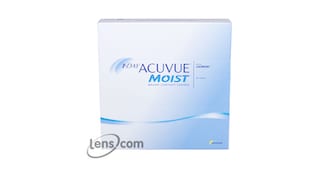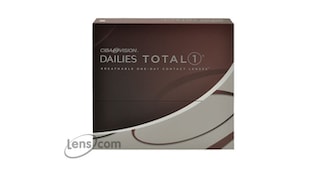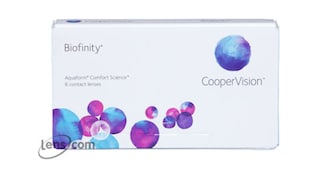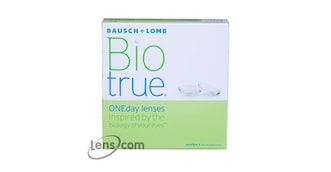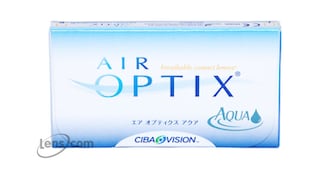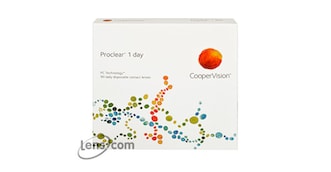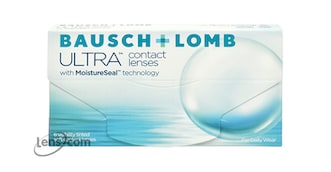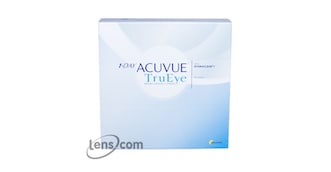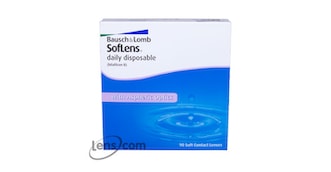Contact Lenses For Farsightedness
Farsightedness, also known as hyperopia, is a common refractive error that affects your ability to see nearby objects clearly. It can lead to squinting, eyestrain, and headaches, and it can even make driving or operating machinery unsafe or difficult. Fortunately, farsightedness can be easily corrected by contact lenses.
| Most Popular Contact Lenses For Farsightedness Contact Lenses | |||
|---|---|---|---|
| All Contact Lenses For Farsightedness Contact Lenses | |||
|---|---|---|---|
| Contact Lenses For Farsightedness Contact Lenses With Rebates | |||
|---|---|---|---|
See All Available Contact Lenses For Farsightedness Rebates
| Rebates for Order Amounts | |||
|---|---|---|---|
| Contact Lenses For Farsightedness Brand Products | 4 Boxes | 8 Boxes | |
| 1-Day Acuvue Moist 30 Pack | $85 | -- | |
| 1-Day Acuvue Moist 90 Pack | -- | $220 | |
| 1-Day Acuvue TruEye | -- | $180 | |
| Air Optix Aqua | $85 | -- | |
| Biofinity | $85 | -- | |
| Biotrue ONEday | -- | $160 | |
| Dailies Total 1 | -- | $290 | |
| Proclear 1 Day | -- | $220 | |
| SofLens Daily Disposable | -- | $180 | |
| ULTRA | $85 | -- | |
About Contact Lenses For Farsightedness Contacts
What is farsightedness?
Farsightedness is a common vision condition in which you can see distant objects clearly, but objects nearby appear blurry or distorted.
In a normally shaped eye, the cornea (the clear, dome-shaped front surface of the eye) and the lens (the transparent, flexible tissue located directly behind the iris and the pupil) have a smooth curvature. A cornea and lens with such a curvature bend light entering the eye to make a sharply focused image on the retina (the layer of cells lining the back wall inside the eye). If the cornea or the lens doesn’t have a smooth curvature, light isn’t bent properly, resulting in a blurry image. With farsightedness, the cornea is curved too little or the eyeball is shorter than normal.
People experience farsightedness differently. Those with mild farsightedness may still be able to clearly see objects that are closer, especially when they’re young. Meanwhile, people with severe farsightedness may need to squint to see nearby objects clearly. As a result, they may experience eyestrain, burning eyes, and aching in or around the eyes. Some people with severe farsightedness may even report general eye discomfort or a headache after doing close-range tasks, such as reading, writing, or working on a computer, for an extended period of time.
Farsightedness is usually present at birth and tends to run in families. Fortunately, it can be easily corrected with eyeglasses or contact lenses. Another treatment option is surgery.
Features of Contact Lenses for Farsightedness
Contact lenses come in different shapes and sizes. Standard contact lenses have a spherical surface. Think of a slice of the side of a beach ball. These lenses replicate the spherical surface of the eye. They’re ideal for correcting both farsightedness and nearsightedness (myopia), which occurs when the eyeball is too long.
Unlike toric and multifocal contact lenses, spherical contact lenses only have one lens power throughout the entire optical part of the lens to correct farsightedness or nearsightedness. That being said, toric contact lenses, which are designed to correct astigmatism (an imperfection in the curvature of the eye that causes blurred vision), can also correct farsightedness. That’s because toric contact lenses focus on different parts of the lens to correct the farsightedness or nearsightedness that often occurs alongside astigmatism.
Likewise, multifocal lenses, which are used to correct presbyopia (the loss of the eye's ability to focus on nearby objects), can also correct farsightedness. Farsightedness is often confused with presbyopia, but they’re different. Presbyopia occurs when the eye’s lens loses flexibility, while farsightedness occurs when the eyeball is too short or when the cornea is curved too little. Having said that, presbyopia can complicate farsightedness and other refractive errors. This is why some multifocal lenses aren’t limited to correcting presbyopia alone.
Spherical, toric, and multifocal lenses are usually made of soft lens materials, such as hydrogels and silicone hydrogels. These materials allow plenty of oxygen to pass through the lens and into the cornea, which needs oxygen to stay clear and healthy. They also conform to the shape of the eye, which is why soft contact lenses are exceptionally comfortable.
There are also contact lenses for farsightedness that are made of both soft and rigid gas-permeable (RGP) materials. Known as hybrid contact lenses, these lenses have an RGP center surrounded by a soft outer ring. They can correct farsightedness and other refractive errors, including nearsightedness, astigmatism, and presbyopia.
Moreover, contact lenses for farsightedness come in different modalities. For example, there are daily disposable contact lenses for farsightedness, which are meant to be discarded after one day of wear. There are also bi-weekly and monthly ones, which should be discarded after two weeks and 30 days, respectively. Bi-weekly and monthly contact lenses can be worn daily for the full two-week or 30-day period or continuously for a certain amount of time, after which they should be discarded and replaced with a fresh pair of contacts.
Popular Contact Lenses for Farsightedness
There are many contact lenses for farsightedness available on the market today. Johnson & Johnson, for example, has 1-Day Acuvue Moist and 1-Day Acuvue TruEye. From the names themselves, both contacts are daily disposable contacts, meaning they should only be worn for one day. Both contacts also provide protection against the sun’s damaging ultraviolet rays.
Bausch + Lomb, a trusted name in eye care products, carries ULTRA, Biotrue ONEday, and SofLens Daily Disposable. Of the three, Bausch + Lomb ULTRA contacts are the best choice for farsighted individuals who can stick to a lens care routine. Biotrue ONEday and SofLens Daily Disposable are better for those with busy schedules or active lifestyles who may not enjoy the hassle of a lens care routine. They’re also great choices for first-time lens wearers looking for long-lasting comfort in a daily disposable lens.
Other popular brands of contact lenses for farsightedness include Alcon’s Dailies Total1® and Air Optix® AQUA, as well as CooperVision’s Biofinity® and Proclear® 1-Day.
Schedule a visit with your eye care professional (ECP) to discuss your options.
How Much Are Contact Lenses for Farsightedness?
Soft spherical contact lenses can cost anywhere from $30 to $75 per box of six lenses. If you replace your contacts every two weeks, expect an annual lens cost of $300 to $750.
Hybrid contacts for farsightedness cost more than soft ones since they’re a special type of contact lens. On average, be prepared to spend $300 to $500 every six to 12 months without insurance. The final cost will depend on your ECP, the contact lens brand, the comprehensive eye exam fee, and how many follow-up visits to your ECP are required.
How to Insert and Remove Contact Lenses for Farsightedness
Whether you’re using soft contact lenses for farsightedness or hybrid contact lenses, the process of inserting them is the same. Before you begin, wash your hands thoroughly with mild soap and dry them with a lint-free towel. Scoop your first lens out of the case with the index finger of your dominant hand. Rinse it with a multipurpose cleaning solution. Check that the lens isn't inside out and inspect it for any tears or debris. Using the middle finger of your dominant hand, pull down your lower eyelid. Stare straight ahead and gently place the lens on your eye. Blink a few times to center the lens. Repeat with the other lens.
To remove soft or hybrid contacts, hold your eyelids open and gently pinch the lens between your index finger and thumb. Carefully lift the lens off of your eye. Repeat with the other lens.
About Lens.com
Lens.com has been proudly offering high-quality contact lenses at discount prices since 1995. Choose from a variety of our contact lenses for farsightedness and enjoy hassle-free returns, quick shipping, and a 100% money-back satisfaction guarantee.
